“Why the Lamb?”
It was a cool April night, and the banquet hall was filled. Life in Messiah staff member Rachel sat at a table with her elderly friends *Deborah and *Lina, waiting for the Messiah in the Passover Seder to begin.
Although they both spoke a little English, these Jewish immigrants from the former Soviet Union relied on a translator to understand the man leading the event. The retelling of the Exodus story began.
Everyone dipped parsley in saltwater to remember the tears of suffering Israel.
They tasted the sharp horseradish to understand the bitterness of slavery.
They savored the honeyed charoset [a mixture of apples and nuts] to taste the sweetness of coming redemption.
The leader lifted the lamb bone and explained how the Temple in Jerusalem had been destroyed, necessitating the people to replace the sacrificial lamb with a dry shank bone. Rachel saw Deborah lean forward, listening intently.
Rachel had met Deborah and Lina during her Bible college studies. Like all ministry students, Rachel was required to participate in a weekly ministry assignment. She chose teaching English to the elderly with Life in Messiah.
Rachel loved this opportunity to build relationships with older people during her college days. She received instant trust and acceptance because of her association with Life in Messiah, which has been serving in this community for over two decades.
After graduation, Rachel joined Life in Messiah fulltime as Mobilization Coordinator. She continues to invest in the friendships she had developed with these dear people, enjoying their company and gifts of food. When she visits Deborah or Lina, they talk about their lives and families – and lately, the war in Ukraine.
Though Deborah and Lina have strong Jewish identities, like most who were raised in the former Soviet Union, they are not religious. But they are intrigued to know what could motivate young people like Rachel and other college students to spend four years studying the Bible.
On this night, as they relived the agony and ecstasy of the Exodus account, Deborah and Lina were fully engaged. Deborah listened with particular intensity to God’s instructions concerning the lamb:
Go, select an animal from the flock according to your families, and slaughter the Passover animal. Take a cluster of hyssop, dip it in the blood that is in the basin, and brush the lintel and the two doorposts with some of the blood in the basin…. When the Lord passes through to strike Egypt and sees the blood on the lintel and the two doorposts, He will pass over the door and not let the destroyer enter your houses to strike you (Exodus 12:21–23).
As the Passover Seder concluded, Rachel started texting another student who had driven them all to the seder. But then Deborah grabbed her arm and said, “I want to ask that rabbi about the lamb.” Tightening her grip, she emphasized, “I need to ask, why the lamb?”
Lina urged her not to bother anyone, and not to keep their ride waiting.
But when Deborah saw her chance, she moved quickly to speak with “the rabbi,” telling Rachel, “You listen, and then tell me what he says.”
Then she asked the seder leader, “Why a lamb, not a cow or chicken?”
He responded by speaking of God’s command to Abraham to sacrifice his son, and the last-minute provision of a ram as substitute. He explained how the lamb was a key component of Jewish history during the first Passover – when God struck the Egyptians with the final plague – and later became a daily sacrifice at the Temple in Jerusalem.
After they thanked him and said goodbye, the three of them climbed into the car. As Rachel buckled herself in, Deborah spoke. “Okay. Tell me what he said.”
Rachel took a deep breath. She did her best to convey the leader’s explanation in simpler English, even looking up the Russian word for “scapegoat.”
Deborah nodded impatiently. “I know scapegoat. You’re still not answering my question!”
Rachel tried again. “It had to be that way because that’s what God commanded. It could have been a year-old goat or a lamb, but it had to be an innocent animal to pay for their sins.”
Suddenly Deborah’s furrowed brow relaxed. She smiled. “Now I get it!” she said. “Because God loves us so much, He chose to put my sin onto that innocent lamb.”
She turned to Lina, explaining her epiphany in Russian: There had only been one way for the Israelites to atone for their sins – and that was God’s way. Lina’s irritation melted; Rachel could see she was intrigued.
The following week, Lina attended another Passover Seder hosted at a local seminary. As she heard how the Passover symbols foreshadowed the Messiah, she asked many probing questions, her eyes alive with interest. Though she did no more than ask questions, *Samuel, the Ukrainian-born Israeli who translated into Russian for her, thought she would come to know her Messiah at any moment….
Please pray for these Jewish women, whom God is clearly pursuing. Ask that their hearts will turn to the One who has so faithfully loved and preserved their people for centuries. Ask Him to open their eyes to Messiah, the Lamb whose blood atones for our sins once and for all.
Written by Miriam, LIFE Communications Assistant
What relationships with unbelievers – Jewish or Gentile – can you invest in long-term? Sometimes it takes years of trust and friendship before someone is open to hearing the gospel.
Read Hebrews 9:11–28. At Passover, Deborah realized the truth of verse 22 – “Without the shedding of blood there is no forgiveness.” What she doesn’t (yet) understand is that the Passover lamb is not a permanent solution to sin. Only the blood of the Jewish Messiah has the power to wash away our sins forever. Have you placed your faith in Jesus? It’s the only way to be receive forgiveness and eternal life.

